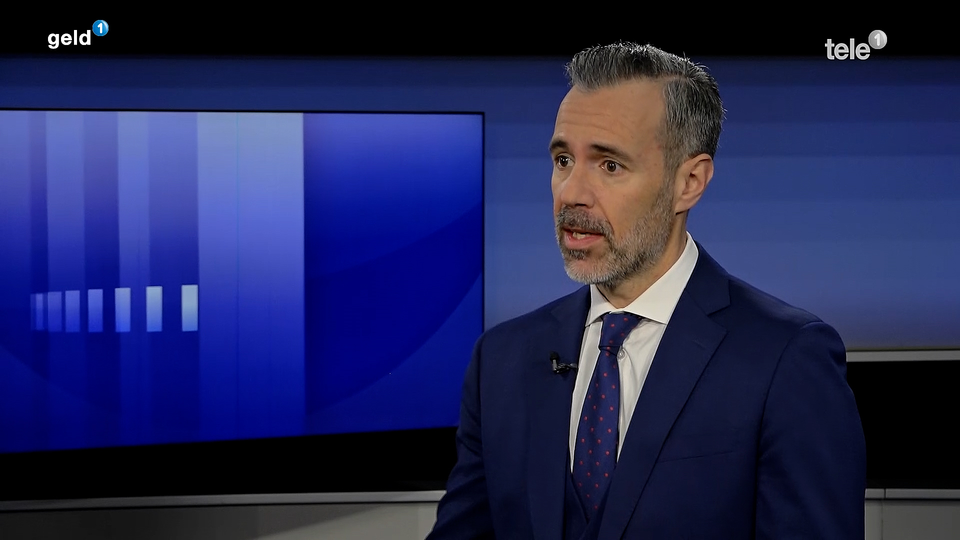Martin Spieler: What is the benefit to the climate if investors put their money in climate protection?
René Nicolodi: In this way, money is channelled to those business areas that need it to invest in climate-friendly products and services. At the same time, shareholders can support or demand climate protection measures, especially in liquid companies, by exercising their voting rights and engaging in direct dialogue with company management. From an investor's perspective, decarbonisation will create winners and losers. Utilising these opportunities and avoiding risks is an important element in future investment decisions.
Where are the greatest investment opportunities?
Climate change is a complex problem that requires effective solutions. Providers of such solutions will benefit from increasing demand and corresponding growth. Ideally, policymakers will support climate-friendly products and services. It is crucial for investors to identify those solution providers that are profitable and financially sound.
What criteria need to be considered if you want to invest sustainably and profitably?
On the one hand, it is important to find out how big the decarbonisation effect of a sector and its companies is. Secondly, it is important to identify the growth drivers of the individual sectors. Renewable energies have different drivers than electromobility or energy infrastructure, for example. And these in turn differ from those of the water technology sector. Understanding the sales markets and growth drivers in detail is an essential prerequisite for long-term investment success.
The risk of greenwashing is always present when investing in investment products labelled as green. How can the greenwashing trap be avoided?
Greenwashing describes a mismatch between what is communicated and what is actually realised. With regard to the selection of investment products that advertise climate protection, it is crucial that investment advice transparently demonstrates what such a product can and cannot achieve. This is where the providers of such investment products have a duty.
Not all companies active in the climate protection sector are successful. How can the good ones be distinguished from the bad ones?
It is fundamentally important that growth can be translated into profitability. This is why analysing the fundamentals of the various climate protection sectors and their companies is a key task. What are the growth drivers? How effective are the technologies in terms of climate protection? How big is the sales market potential? How are the barriers to market entry organised and how dynamically are they changing? Reliable answers to these questions are needed.
Investing in climate protection and at the same time achieving the best possible risk/return ratio is the fine art of investing. How can this be achieved?
By means of diversification. This means investing across various climate protection areas and sectors as well as across countries. As a rule, this is best achieved through a fund investment. As always, it is advisable to seek professional investment advice before making a specific investment.
This interview was first broadcast in a slightly different form in the TV show "Geld" on Tele 1, Tele M1 and TVO on 12 April 2024 (Available in Swiss German only).



